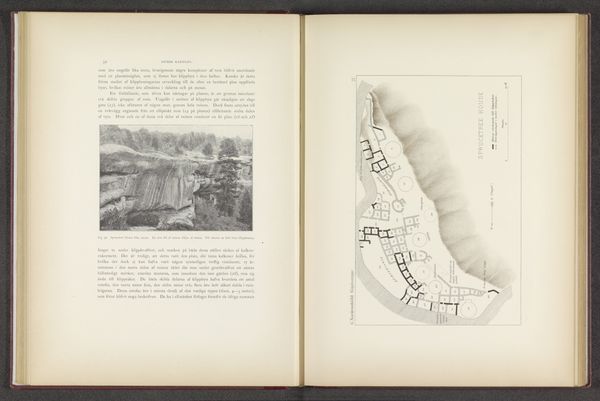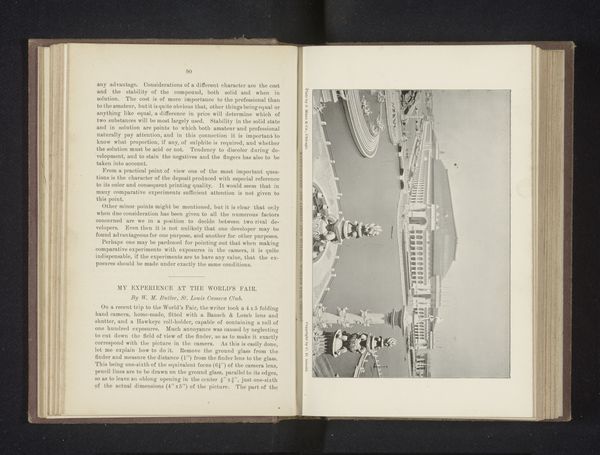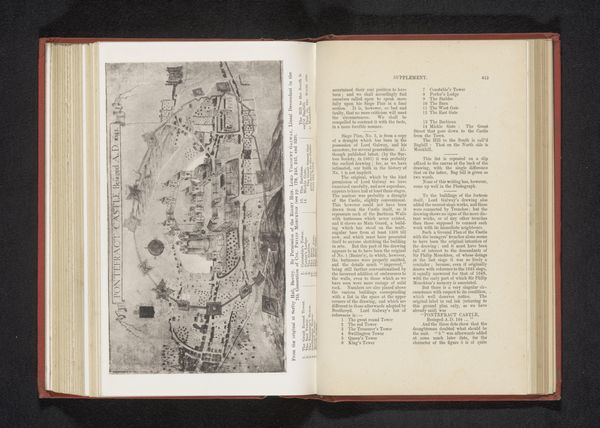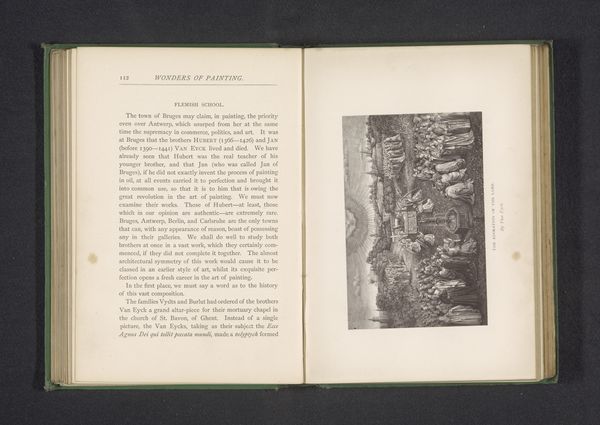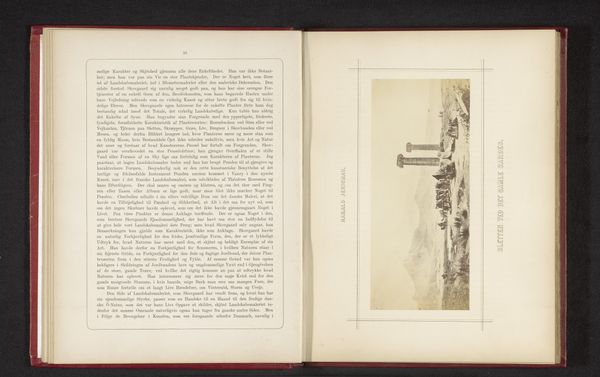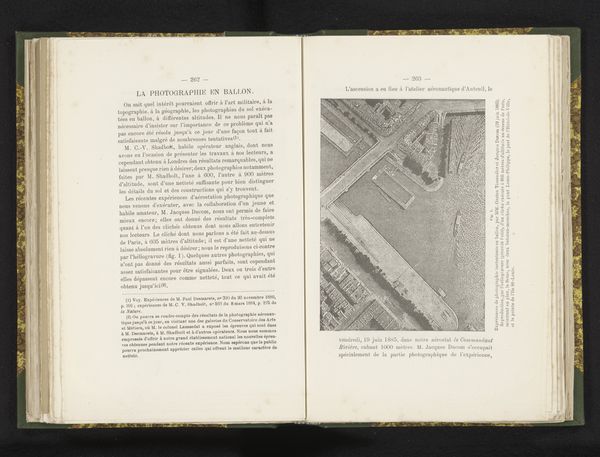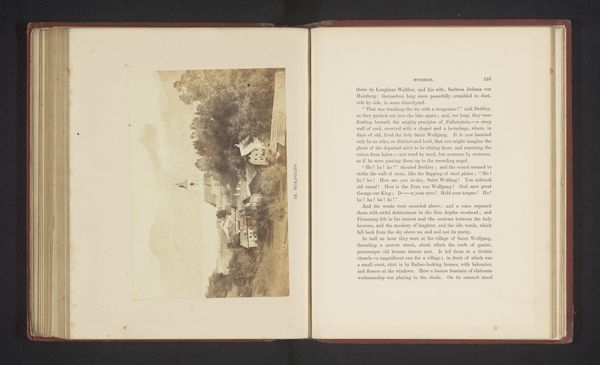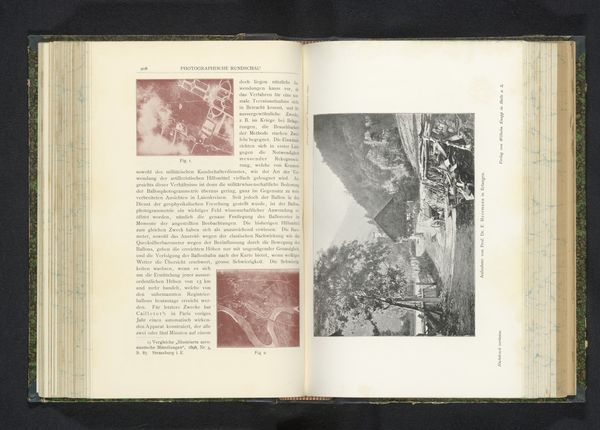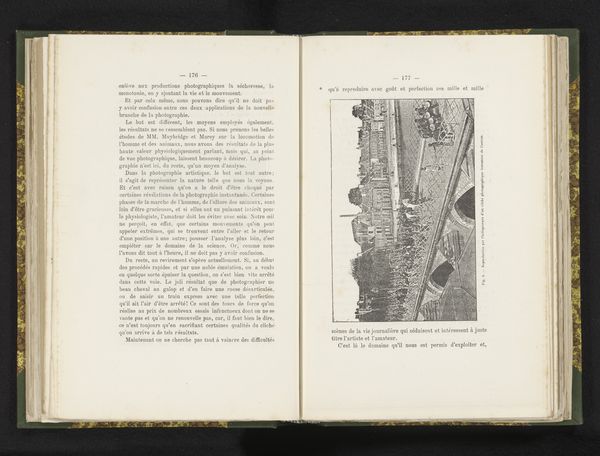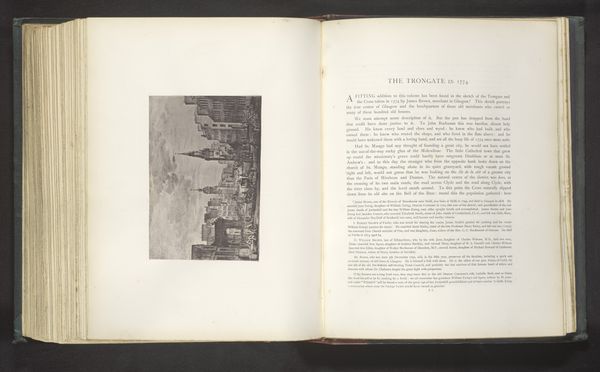
Gezicht op een ontoegankelijke rotswoning in Mesa Verde National Park before 1893
0:00
0:00
drawing, paper, pencil, graphite, architecture
#
drawing
#
aged paper
#
script typography
#
sketch book
#
hand drawn type
#
landscape
#
personal journal design
#
paper
#
personal sketchbook
#
hand-drawn typeface
#
pencil
#
graphite
#
sketchbook drawing
#
storyboard and sketchbook work
#
sketchbook art
#
architecture
Dimensions: height 89 mm, width 146 mm
Copyright: Rijks Museum: Open Domain
Editor: This is Gustaf Nordenskiöld's print, a "View of an Inaccessible Cliff Dwelling in Mesa Verde National Park," made before 1893. The print appears to be from a sketchbook, juxtaposing an illustration of the dwelling with an architectural plan. It’s amazing to see this landscape rendered with such precision, a style reminiscent of something almost scientific… What symbols do you see at play in this image, connecting past and present? Curator: It’s compelling, isn't it? Nordenskiöld offers not just a depiction but an attempt at preservation, recording a culture on the edge of erasure. The Mesa Verde dwellings themselves become powerful symbols—icons of resilience, ingenuity, and adaptation to a harsh environment. Note how the dwellings, tucked into the cliff face, evoke a sense of protection. Editor: It’s true—the composition itself speaks of both vulnerability and protection. And the architectural plan, placed right beside the landscape view, offers an almost clinical perspective. What is the cultural weight behind this pairing of images? Curator: Exactly! The pairing reflects a desire to understand, categorize, perhaps even to claim. In his era, these images resonated with colonial and anthropological intentions, to categorize and preserve cultures often perceived as "vanishing." Yet, the artistry itself transcends this…The lines, the detail… they pay homage to this lost civilization. Editor: So, the symbols speak not just of the people who built and lived there, but also of the European perspective observing them. I hadn't considered that tension so explicitly. Curator: Precisely! Art like this often holds multiple layers of meaning, reflecting not only the subject, but the observer's cultural lens. Looking at it this way helps us acknowledge the complexity and shared past within visual imagery. Editor: It gives you a lot to think about in terms of what images mean and how meaning shifts based on perspective and time. Thanks so much!
Comments
No comments
Be the first to comment and join the conversation on the ultimate creative platform.
